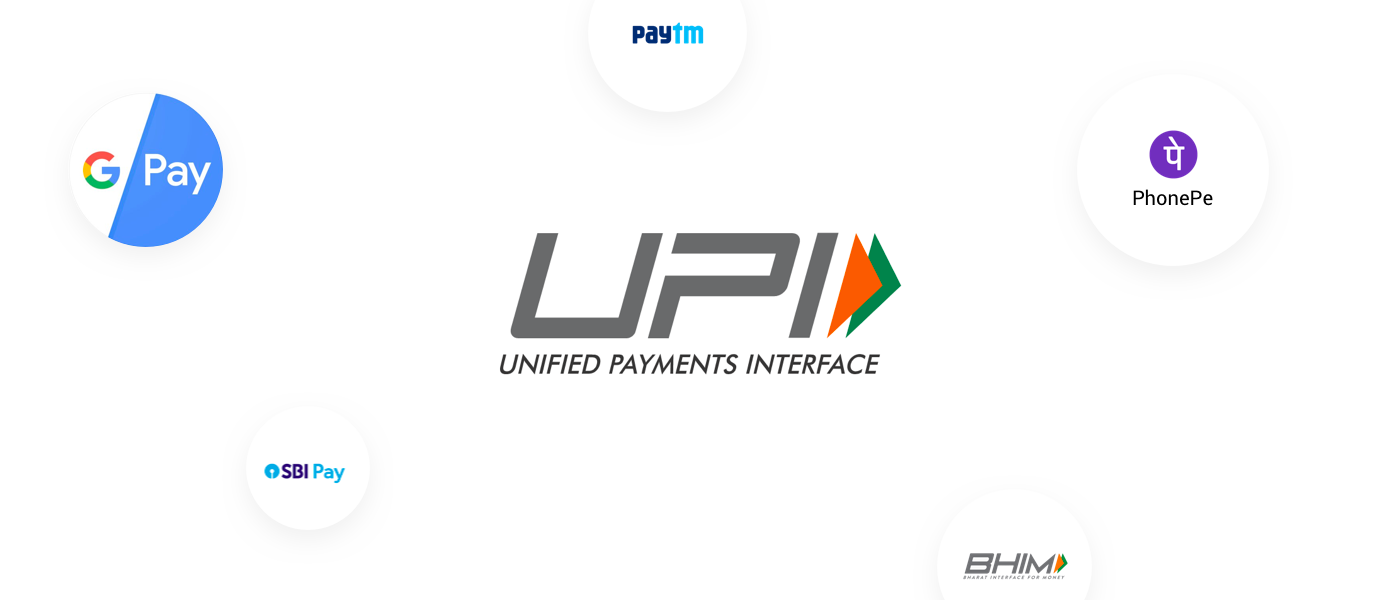People are looking for quick and effective ways to handle their money in the digital environment of today. An important factor in facilitating simple access to banking services, particularly for deposits and withdrawals, is the digital AEPS (Aadhaar Enabled Payment System). A new paradigm of financial accessibility and convenience is being created by digital AEPS in conjunction with kiosk banking. The way these technologies cooperate to deliver safe and easy banking transactions is examined in this article.
Digital AEPS: What is it?
Digital AEPS leverages Aadhaar, India’s biometric-based identification system, to offer secure and seamless banking services. By linking your bank account to your Aadhaar number, Digital AEPS enables a variety of financial transactions such as deposits, withdrawals, and fund transfers. This system works without requiring debit cards or PIN numbers, and instead, transactions are verified using biometric data such as fingerprints or iris scans. The main advantage of Digital AEPS is its simplicity and accessibility, especially in rural and remote areas where traditional banking services may be limited.
Advantages of Digital AEPS
- Anytime, Anywhere Accessibility : Digital AEPS provides the convenience of accessing banking services at any time and from any location. Unlike traditional banking, which is limited by business hours, Digital AEPS allows users to perform transactions 24/7. This is especially beneficial for individuals in rural or underserved areas where traditional bank branches may not be easily accessible. As long as there is a kiosk banking point or an AEPS-enabled terminal nearby, users can manage their accounts and perform transactions.
- Instant Deposits and Withdrawals : A major advantage of Digital AEPS is the ability to perform instant deposits and withdrawals. Whether you need to deposit funds or access cash, the process is quick and hassle-free. This eliminates the delays typical of traditional banking methods, offering a faster option for those needing immediate access to their funds.
- Secure Transactions with Biometric Authentication : Digital AEPS ensures enhanced security for banking transactions by utilizing biometric authentication, such as fingerprint or iris scanning. This ensures that only the authorized account holder can perform transactions, reducing the risk of fraud and unauthorized access. Compared to traditional banking systems that rely on passwords or PINs, Digital AEPS offers a more secure way to carry out financial transactions.
- Reduced Dependence on Physical Infrastructure: With Digital AEPS, the need for physical banking infrastructure, such as ATMs and bank branches, is significantly reduced. Users can complete transactions at AEPS-enabled kiosks or service centers, making banking more accessible without the need to visit a bank or ATM. This is especially advantageous for individuals living in areas with limited access to traditional banking facilities.
The Role of Kiosk Banking in Digital AEPS
Kiosk banking plays an essential role in the widespread adoption of Digital AEPS. Kiosk banking involves small, self-service machines or counters set up in local communities, often in rural or semi-urban areas. These kiosks are equipped with the necessary hardware and software to facilitate a variety of banking services, including AEPS transactions.
By enabling Digital AEPS transactions at these kiosks, kiosk banking brings banking services closer to the people. Customers no longer need to travel long distances to visit a bank or ATM. Instead, they can access financial services at local kiosks, making banking more convenient and efficient.
How Kiosk Banking Enhances Accessibility
Kiosk banking helps improve financial accessibility by providing easy access to banking services in places where traditional banking infrastructure may be lacking. The presence of Digital AEPS-enabled kiosks allows people in rural and remote areas to perform banking transactions like deposits, withdrawals, and fund transfers without needing to visit a bank branch.
Additionally, kiosk banking is a solution for individuals who may not have access to smartphones or the internet. As kiosks are physical locations, they do not require internet connections or advanced technology, making it easier for people in less connected regions to access banking services.
Expanding Reach with Kiosk Banking
Kiosk banking makes it easier for banks to extend their reach to rural areas without building new branches or installing ATMs. These kiosks can be installed in local markets, village centers, or other high-traffic areas where people frequently visit. By providing Digital AEPS services at these kiosks, more people can access banking services without having to travel to larger towns or cities.
Moreover, the use of kiosks supports financial inclusion by offering a point of access to people who have previously been excluded from formal banking due to infrastructure limitations. Through kiosks, even the most remote populations can easily access the benefits of Digital AEPS.
How Digital AEPS Supports Financial Inclusion
Digital AEPS plays a vital role in driving financial inclusion in India. Many people, especially in rural areas, have been excluded from traditional banking due to barriers such as the lack of a permanent address, high travel costs, or the unavailability of banking facilities nearby. Digital AEPS, however, makes it possible for these individuals to perform financial transactions without the need for traditional banking infrastructure.
The integration of Aadhaar as an identification mechanism has simplified the process of opening bank accounts and performing transactions, allowing people to engage in formal financial systems. With just their biometric data, individuals can access and manage their accounts using Digital AEPS, without needing to remember complex passwords or carry physical banking cards.
The Future of Digital AEPS and Kiosk Banking
The future of Digital AEPS looks bright, with new features and improvements on the horizon. As technology evolves, Digital AEPS will likely become more versatile, integrating additional functionalities such as bill payments, mobile recharges, and even micro-lending services. These additions will enhance the capabilities of the system and provide more comprehensive solutions for users.
The expansion of kiosk banking will continue as well. With more kiosks being set up in both urban and rural areas, the reach of Digital AEPS services will grow. This expansion will ensure that even more people can take advantage of Digital AEPS to manage their finances and perform transactions with ease.
Conclusion: Transforming Banking for All
Digital AEPS is transforming the way banking services are delivered, making it easier for people to access essential financial services like deposits and withdrawals. By integrating biometric authentication and linking it with Aadhaar, Digital AEPS provides a secure and straightforward solution for users. The addition of kiosk banking, especially in rural areas, ensures that people can perform these transactions without the need for traditional bank branches or ATMs.






